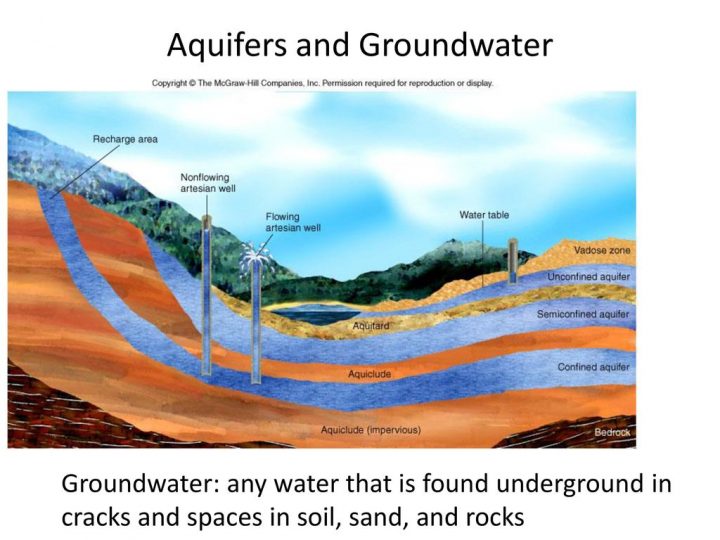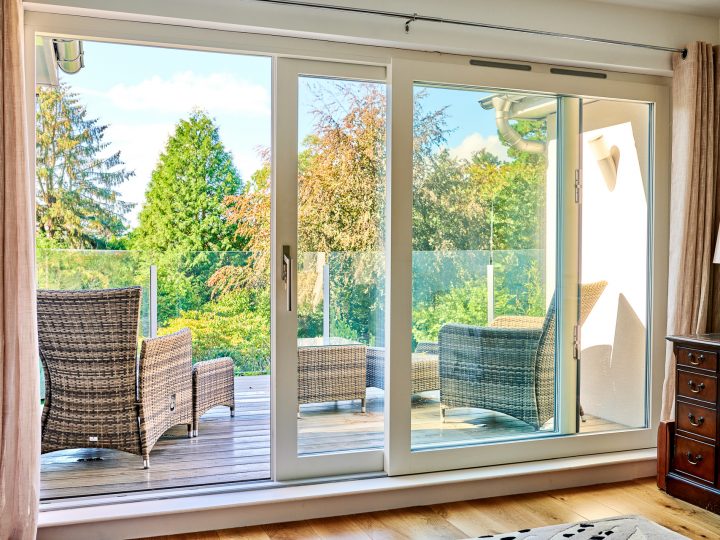Fisher, business development director, CME Sanitary Systems, looks at how greywater management can help with meeting the requirements for a sustainable build, whatever the weather.
Increased domestic and commercial water usage has led to the UK becoming one of the top three most ‘water stressed’ countries in Europe (source: Waterwise). It is little wonder that regulations governing water use have been tightened up to create sustainable buildings that offer more efficient use of water. Previously, luxurious bathrooms with large, deep baths and power showers were something to be proud of; now a much more admirable trend is demonstrating how sustainable a build is in terms of energy and water use.
Lessons can be learned from countries like Spain, which has suffered severe drought conditions in recent years. Here, children in school are taught about conserving water, which has become part of everyday life. In Barcelona, for example, in 2008, million of gallons of water had to be transported by tanker from the nearby city of Tarragona a couple of times a week to replenish much-depleted supplies, with reservoirs at 15% capacity. This type of activity is not uncommon in the UK during times of drought.
A host of different water-saving methods have been adopted by Spanish householders and by the building industry in Spain. One method that is becoming commonly used is greywater recycling, and many bathroom refurbishments involve the integration of a micro greywater system, such as Ecoplay.
Such systems receive and store water from baths and showers in a tank, where light waste materials are skimmed from the surface, while heavier ones sink to the bottom.
The water is then transferred to a storage tank, from where it can be gravity-fed or pumped to the toilets. These systems flush automatically after a period of non-use to ensure that the quality of the water does not deteriorate. A typical greywater management system has a storage capacity of 100 litres, which is sufficient for approximately 16 full toilet flushes. It is possible to reuse greywater in this way, as long as the water is not stored for long periods – and an automatic flushing mechanism overcomes this issue. Such systems often feature environmentally-friendly disinfectant – a small amount of which is released as the toilets are flushed, neutralising any bacteria that could potentially cause a smell.
The immediate benefit of greywater recycling is that it reduces water and drainage usage by a third. In real terms this means that, in an average three-bedroom family home, the occupants can expect to save 22 litres of water per person per day, which is a significant overall saving – both financially and environmentally.
Use of greywater recycling also helps the housebuilder to meet the Code for Sustainable Homes’ requirements for water saving, without the need for any further restrictive measures to be taken. This is a huge benefit to householders who are keen to retain luxury fittings, such as power showers and fast flowing taps, without the need for aerated taps or flow restrictors.
The higher levels of the Code for Sustainable Homes (levels 5 and 6) require that in domestic dwellings the level of water use per person is restricted to just 80 litres per person per day. Therefore, many specifiers and developers are looking at greywater systems as an integral part of meeting their water efficiency requirements. Already, many social housing new-builds and refurbishments are installing greywater technology as part of good practice, and to provide a simple method of reducing water use without the need for complex calculations.
With the UK drought of summer 2010 a recent memory, we are ever more aware of the need to conserve water. The great benefit of greywater systems is that they are not dependent on regular rainfall – unlike rainwater harvesting – which means they are equally effective all year round.
Part G regulations introduced earlier in 2010 now set mandatory requirements for new homes to meet a new water-efficiency standard of a maximum of 125 litres per person per day. This demonstrates how important water conservation has become in the UK, and how almost every household needs to review its current water usage levels. Water metering, too, has made householders ever more conscious of domestic water consumption.
Another change to Part G of the Building Regulations was that for the first time it stated that recycled water and harvested water could be used to flush WCs and urinals, therefore encouraging much more widespread use of systems like Ecoplay.
In Britain, we are a long way from becoming a water-efficient nation. It is calculated that each person uses, on average, 150 litres of water per day, with over half our water consumed for domestic use. However, if we learn from the experience in countries like Spain that have a history of severe water shortages, then we can understand how greywater management can offer an effective method of controlling water use and promoting a model for sustainable homes in the future.




